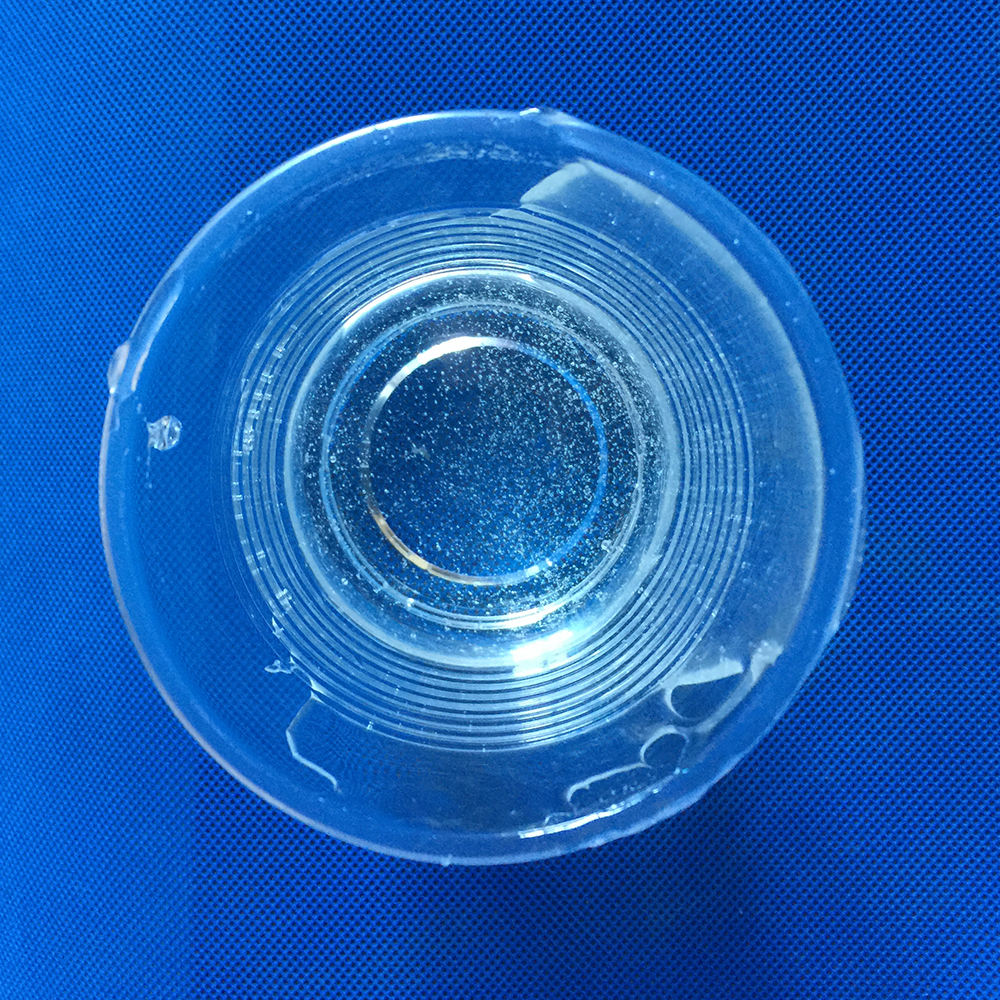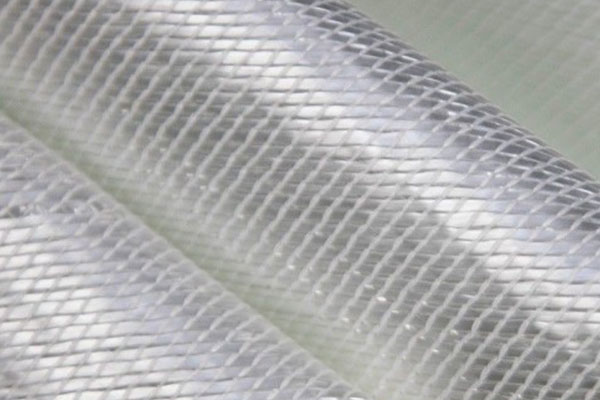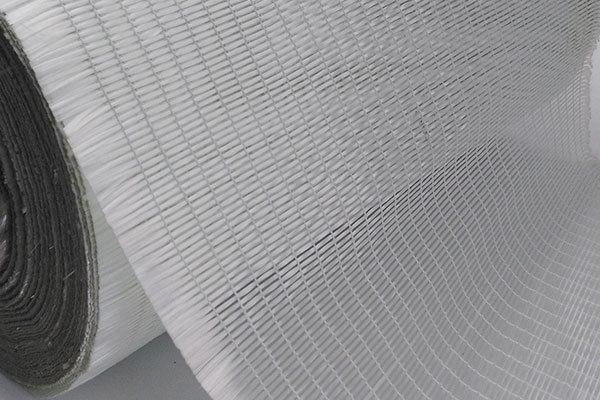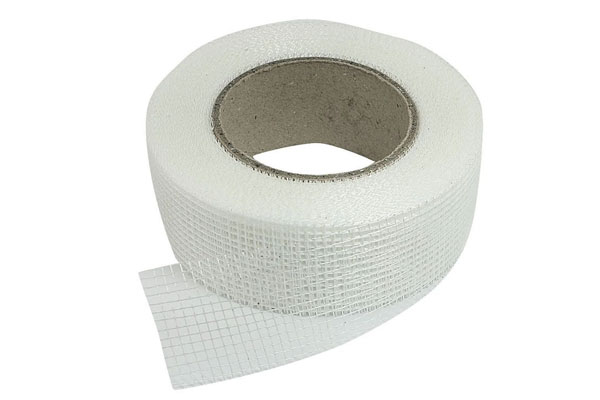o-Phthalic Unsaturated Polyester Resin is a thermosetting polymer formed by the condensation reaction of o-phthalic anhydride, glycols (such as propylene glycol or ethylene glycol), e unsaturated acids like maleic anhydride. The result is a highly reactive resin system, commonly dissolved in styrene monomer, which acts as both a reactive diluent and a crosslinking agent during curing.
Introdução ao desempenho do produto
This type of resin is part of the broader unsaturated polyester resin (UPR) family, but its unique formulation centered around ortho-phthalic acid gives it distinct performance traits and economic advantages.
🧬 2. Chemical Structure and Characteristics
-
Base Monomer: o-Phthalic anhydride
-
Reactive Diluents: Styrene (typically 30–40%)
-
Curing System: Free radical initiated (typically MEKP or BPO)
-
Polymer Backbone: Linear with unsaturated sites enabling crosslinking
🧱 3. Key Properties
| Category | Detalhes |
|---|---|
| Curing Mechanism | Thermosetting via free-radical crosslinking |
| Physical Appearance | Clear to light yellow viscous liquid |
| Viscosidade | 400–1200 cps at 25°C (depends on formulation) |
| Tempo de gel | Adjustable between 5–20 minutes (at 25°C with 1% MEKP) |
| Reactivity | Medium to high depending on initiator level and accelerator system |
| Resistência térmica | Up to 90–100°C continuous, higher with heat post-cure |
| Mechanical Strength | Excellent tensile and flexural properties |
| Resistência química | Good against dilute acids, water, and oils |
| Electrical Properties | Good dielectric strength and surface resistivity |
🏭 4. Manufacturing and Processing
o-Phthalic resin is manufactured in closed reactors by:
-
Reacting phthalic anhydride and glycols under controlled heating (~200°C)
-
Adding maleic anhydride to introduce unsaturation
-
Diluting the resin with styrene monomer to adjust viscosity
-
Stabilizing the resin with inhibitors (e.g., hydroquinone) for shelf life
The final product is shipped as a viscous liquid, ready for curing using peroxides.
🛠️ 5. Applications
🧰 General-Purpose Composites
-
Fiberglass Reinforced Plastics (FRP): panels, bathtubs, septic tanks
-
FRP Gratings & Covers: industrial floors, stair treads, trench covers
-
Boat hulls and watercraft structures
-
Cooling tower components
-
Storage tanks (non-chemical-grade)
🏗️ Construction & Building
-
Molded decorative components
-
Skylight domes
-
Concrete form liners
-
Partition boards
-
Roofing sheets
🚛 Automotive & Transportation
-
Truck bodies and paneling
-
Trailer coverings
-
Air deflectors
🧾 6. Technical Data Sheet (TDS)
| Propriedade | Value (Typical) | Test Method / Notes |
|---|---|---|
| Appearance | Light yellow / Clear | Visual |
| Viscosity @ 25°C (Brookfield) | 450–850 cps | ASTM D2196 |
| Acid Value (mg KOH/g) | 20–30 | ASTM D4662 |
| Gel Time (25°C, 1% MEKP) | 8–15 minutes | ASTM D2471 |
| Peak Exotherm Temp | 140–160°C | Internal Test |
| Volatile Content (Styrene) | 30–40% | ASTM D2369 |
| Specific Gravity @ 25°C | 1.10–1.15 | ASTM D1475 |
| Flash Point (Closed Cup) | 32–33°C | ASTM D3278 |
| Shelf Life | 3–6 months (inhibitor added) | At 25°C, in sealed containers |
After Cure (Fully Laminated with Glass Fiber)
| Mechanical Property | Typical Value | Método de teste |
|---|---|---|
| Resistência à tracção | 60–80 MPa | ASTM D638 |
| Tensile Modulus | 3.5–4.5 GPa | ASTM D638 |
| Resistência à flexão | 110–130 MPa | ASTM D790 |
| Módulo de Flexão | 4.5–6.0 GPa | ASTM D790 |
| Impact Strength (Izod) | 8–12 kJ/m² | ASTM D256 |
| Heat Deflection Temp (HDT) | 60–90°C | ASTM D648 |
| Dureza Barcol | 35–45 | ASTM D2583 |
| Water Absorption (24h @ 23°C) | < 0.5% | ASTM D570 |
🧬 7. Key Advantages
-
✔️ Cost-effective – most economical among UPR types
-
✔️ Moderate chemical resistance – good for water, oil, and weathering
-
✔️ Fast curing – adaptable to a wide range of catalysts and accelerators
-
✔️ Good mechanical strength – ideal for structural applications
-
✔️ Compatibility – works well with fillers, pigments, and reinforcements
⚠️ 8. Limitations
-
❌ Not suitable for aggressive chemical environments (acids/alkalis)
-
❌ Lower HDT than isophthalic or bisphenol-based resins
-
❌ Styrene emissions during processing may require ventilation
-
❌ Limited UV resistance unless topcoated or pigmented
-
❌ Shorter shelf life compared to pre-accelerated resins
📦 9. Packaging & Storage
-
Standard Packaging:
-
220 kg metal drums
-
1000 kg IBC totes
-
Bulk tankers available upon request
-
-
Storage Conditions:
-
Store between 5–25°C
-
Avoid direct sunlight and ignition sources
-
Keep containers sealed when not in use
-
Add inhibitors for long-term storage
-
🧯 10. Health, Safety & Handling
-
Wear appropriate PPE: gloves, goggles, respirators
-
Ventilate areas during mixing and curing
-
Avoid contact with skin or eyes; in case of exposure, rinse immediately
-
Styrene vapors are flammable – use in explosion-proof areas
-
Dispose of curing residues according to local environmental regulations
Refer to the MSDS (Material Safety Data Sheet) for more detailed guidelines.
🧪 11. Comparison with Other UPR Types
| Propriedade | o-Phthalic Resin | Isophthalic Resin | Bisphenol Resin | Éster vinílico |
|---|---|---|---|---|
| Custo | Baixo | Medium | Alto | Muito alto |
| Resistência química | Moderado | Alto | Muito alto | Excelente |
| Mechanical Strength | Bom | Very Good | Excelente | Excelente |
| Resistência térmica | Moderado | Alto | Muito alto | Alto |
| Curing Speed | Rápido | Moderado | Slow (long pot life) | Moderado |
| Formulários | General-purpose | Structural, marine | Corrosive tanks | Pipes, CIPP, tanks |
❓ 12. Frequently Asked Questions (FAQ)
Q1: Can I use o-phthalic resin in contact with drinking water?
Not recommended unless certified and post-cured under specific hygiene standards.
Q2: What is the ideal reinforcement to use?
Chopped strand mat, woven roving, or stitched fabrics depending on application. For strength-critical parts, use 600gsm or higher.
Q3: Can it be pigmented?
Yes, use color pastes compatible with polyester resins. Add pigment before adding initiator.
Q4: What accelerators are compatible?
Cobalt octoate (Co-octoate) is common. Others include DMA and potassium peroxodisulfate (KPS).
Q5: Can I adjust the gel time?
Yes. Modify initiator/accelerator levels or temperature. Always validate gel and peak exotherm for safety.
🏁 13. Conclusion
o-Phthalic Unsaturated Polyester Resin is a cost-effective, versatile solution for numerous composite applications. While it offers excellent mechanical strength and processing ease, it’s best suited for non-aggressive environments or general-purpose parts. For industrial-scale FRP production where economics meet acceptable performance, it remains a popular, reliable option.
When processed with care and combined with the right reinforcements, this resin delivers consistent and high-quality results across construction, transport, marine, and industrial applications.
o-Phthalic Unsaturated Polyester Resin
Series :
Produtos proxy >aplicativo
revestimentos, adesivos e compósitos
Nome do Produto :
o-phthalic resin
Perguntas frequentes
P:
What are the main applications of o-Phthalic Unsaturated Polyester Resin?
A :
o-Phthalic UPR is widely used in general-purpose fiberglass-reinforced plastic (FRP) applications such as gratings, tanks, bathtubs, pipes, panels, and decorative components. It is especially suited for environments requiring moderate mechanical strength and cost-efficiency, but not intended for aggressive chemical or high-temperature conditions.
P:
How does it compare to isophthalic and vinyl ester resins?
A :
Cost: o-Phthalic is more economical. Performance: It has lower chemical and thermal resistance compared to isophthalic or vinyl ester resins. Usage: Choose o-Phthalic for general use, isophthalic for stronger corrosion/thermal needs, and vinyl ester for high-performance or corrosive environments.
P:
How do I store and handle o-Phthalic resin safely?
A :
Store in cool (5–25°C), dry, well-ventilated areas. Keep away from heat, ignition sources, and sunlight. Use sealed containers, ideally nitrogen-blanketed. Always wear protective gloves, goggles, and use fume extraction when handling. Follow your supplier's MSDS for detailed safety procedures.
P:
Can o-Phthalic resin be pigmented or filled?
A :
Yes. o-Phthalic resin is compatible with polyester-compatible pigments and fillers (e.g., calcium carbonate, ATH). Add pigments and fillers before mixing in the curing agents. Keep the viscosity in check if adding fillers to avoid poor wet-out of reinforcements.
P:
How long is the shelf life of o-Phthalic resin, and how can it be extended?
A :
Typical shelf life is 3 to 6 months when stored in ideal conditions (below 25°C in a sealed container). To extend shelf life: Ensure resin is stabilized with hydroquinone or MEHQ inhibitors. Store in dark, cool environments. Avoid frequent opening of containers to limit oxygen and moisture exposure.
Outros produtos relacionados








